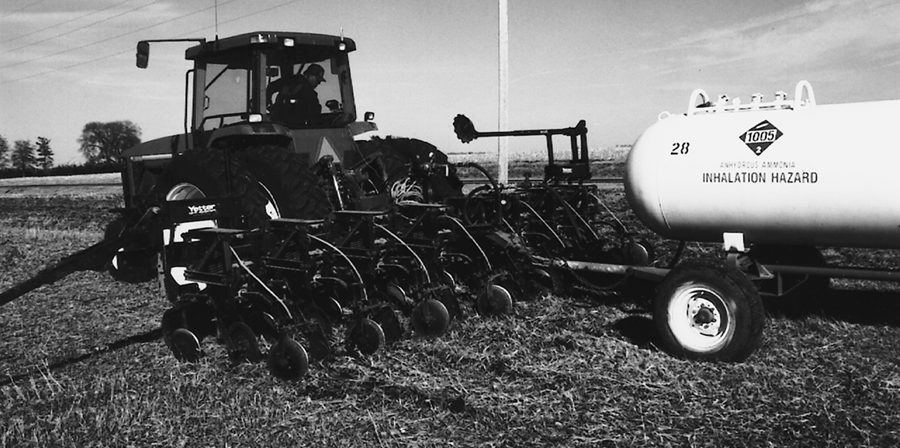No-Till Farmer
Get full access NOW to the most comprehensive, powerful and easy-to-use online resource for no-tillage practices. Just one good idea will pay for your subscription hundreds of times over.

A no-tiller is synonymous with a mechanic in Carlos Crovetto’s opinion. As a farmer in Concepcion, Chile, Crovetto has seen how crop residue can repair soil that’s been depleted of nutrients from prolonged use of traditional tillage.
He farmed with conventional tillage until excessive soil erosion became a serious problem. In 1959, he seeded his entire farm to permanent pasture. After studying no-till in the United States, Crovetto started to no-till in 1978.
After 20 years of no-tillage, Crovetto is convinced that proper nutrient management can change the soil’s production potential.
No-till increased phosphate on his farm from 7 to 106 parts per million (ppm), increased potash from 200 to 330 ppm in the top 2 inches of soil, improved cation-exchange capacity from 11 to 26 milli-equivalents per 100 grams of soil and raised soil pH levels from 6 to 7.
Since he began no-tilling, Crovetto has observed a change in the traditional norms of plant nutrition.
“In no-till, not only must we worry about crop nutrition but also soil nutrition,” he emphasizes. “The farmer must know soil fertility levels before planting and, in the following years, observe changes comparatively with the previous years’ analyses.
“If you no-till for more than four years, you have to be very careful with soil fertility and plant fertility.”
Crovetto says organic-matter levels and pH are fundamental concerns in the use of fertilizers.
“A direct proportional relationship exists between soil fertility and the level of organic matter,” he explains. “Crop residue…